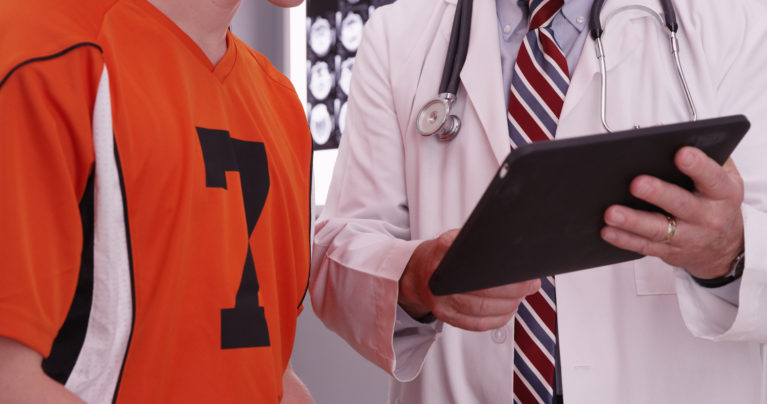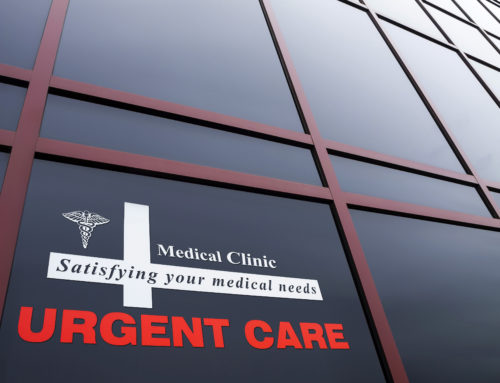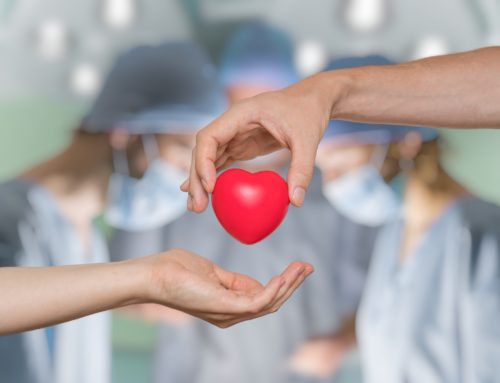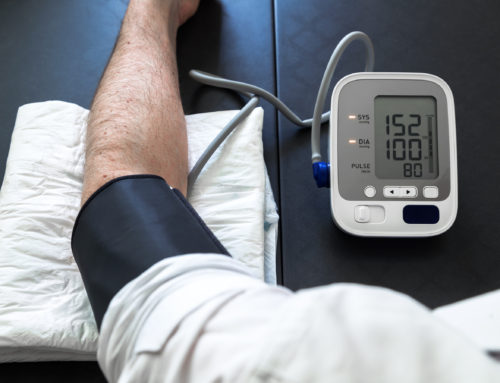Kids will be kids, and a lot of the time that means getting hurt. According to USA Today, 1.35 million youths a year have serious sports injuries. Whether your own child, a friend, or a family member is participating in an athletic event, being aware of the legalities is extremely important. Of course no one wants to ever assume that harm or injury will occur, but the reality is, it is always a possibility. Being prepared for the worst is always better than assuming nothing bad will happen. The big question is, if something bad does happen, what do you do?
Small mishaps such as bumps and bruises are normal when kids play sports and should not be considered anything to fuss over. However, when things become serious enough that a child needs to be sent to a hospital emergency room, the situation could become scary and expensive. According to a Safe Kids Worldwide survey of emergency room visits, sprains and strains, fractures, contusions, abrasions and concussions are at the top of the list of sports-related ER diagnoses for kids ages 6 to 19 and that costs more than $935 million per year.
Who Is Liable?
When providing medical coverage at athletic events, there are many factors. Depending on the type of event and where it is held, athletic trainers, team physicians, physical therapists, coaches, schools, and park districts all face potential liability. However, it is also true that every person owes a duty of reasonable care to others in the course of their daily lives. Even though it may seem obvious, everyone is responsible for themselves. A tort, or a wrongful act or an infringement of a right (other than under contract) leading to civil legal liability, is committed when we fail to act as an ordinary and reasonably prudent person under similar circumstances and cause injury to another person. In other words, accidents happen. But that does not give anyone permission to act recklessly and put others in danger.
Who you are also plays a role in what you are responsible for during athletic events. The respective standards of care imposed on athletic trainers and coaches were set forth in Searles v Trustees of St. Joseph College, by the Supreme Judicial Court of Maine. What that came down to, is that colleges, private schools, and public schools have a legal duty to exercise reasonable care towards their students. If you feel that someone who was responsible for the event where an injury took place did not do their duty to prevent the injury, they may be liable for the accident.
What About Amateur Events?
If you enjoy being active and participating in sporting events, then you know that sports are not just for kids in school. There are tons of clubs and leagues that give adults the opportunity to stay active, have fun, and meet people through sports. These are excellent ways to stay healthy both mentally and physically. As everyone knows, with age comes health risks and those include being more prone to sports related injuries.
The general rule for amateur sporting events is that there is no injury liability. There is responsibility that comes with being an adult and that means taking personal responsibility for exposing yourself to possible injuries and taking care of yourself. However, there are a few exceptions that may trigger the legal liability of another participant or the liability of a third party.
Unreasonably aggressive behavior is not completely avoidable, no matter how ridiculous it may be. If this occurs, assumption of risk would not bar you from pursuing an intentional tort lawsuit against the person who caused you harm. Injury can also occur because of faulty equipment or defective products. For example, if a helmet does not do its job of protecting a person’s head during a game of hockey and a permanent brain injury occurs, the helmet manufacturer may be held liable for damages.
What sports related injuries boil down to are the use of judgement and also people being held responsible for their duties as professionals. Accidents do happen and it is terribly unfortunate when they do. However, some accidents can be prevented if everyone does their part and enjoys the events while also being alert and aware of safety and well-being.




























